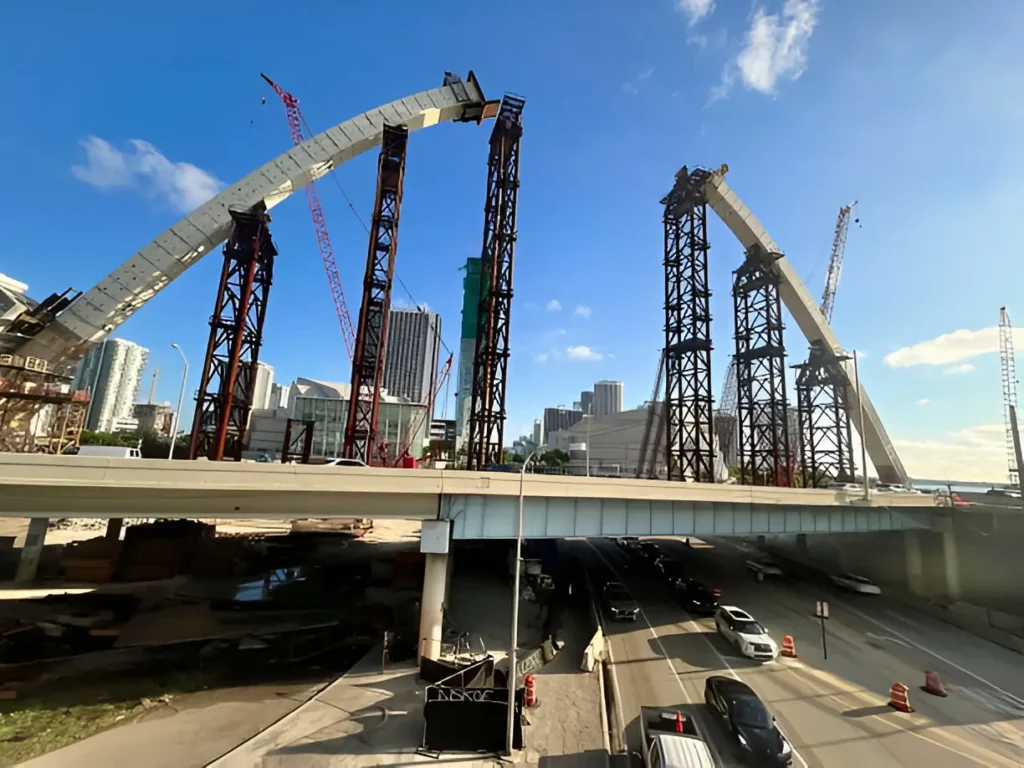The design of bridges has improved with the introduction of new materials and innovative structural beam designs. Better corrosion resistance, ease of inspection, and built-in safety features are among the benefits. The innovations make bridges easier to maintain and more suited to different environments. Here are a few advancements in the materials and designs of bridge beams:
Forming Beams With Precision
U-beams are formed by bending flat steel plates into U-shaped profiles using press brakes. This technique yields uniform cross-sections, simplifying engineering calculations and facilitating the modeling of structures. Minimized welded seams lessen the number of points of failure and enable a more even distribution of load along the beam.
Such bridge beams provide a more aesthetically pleasing structure in visible applications such as pedestrian bridges or overpasses. Their symmetrical geometry even allows stress to be exerted on them, particularly when they are subjected to alternating loads, such as heavy traffic. Added slots and holes make it easy to add parts, such as railings or drainage brackets, without making on-site adjustments.
Connecting Beams With Splices
Modular bolted splices join the separate sections of the beam via tightly drilled holes and strong fasteners. These connections enable beams to be moved in smaller sections, making on-site assembly fast. The design allows long spans to be placed in locations where transport or crane access is limited. Contractors can change lengths during a project without having to reorder custom lengths.
Splicing minimizes logistical issues by removing overweight loads in hilly or coastal areas. Bolted joints can also tolerate minor deviations in alignment, which enables real-time adjustments by construction teams. Splices act as continuous structures when built, and their strength is the same throughout the length. They are suitable for retrofitting an infrastructure where new components have to be added to an old system. This leads to quicker installation and less environmental and urban disturbance, particularly in areas with increased roadwork.
Protecting Beams With Zinc
Hot-dip galvanization coats the beam with a zinc layer, protecting it against moisture, salt, and chemicals. This is achieved by coating all surfaces, including crevices and edges, to provide consistent and thorough coverage. The zinc layer is scratch- and abrasion-resistant, prolonging the life of the material. This comes in handy, especially in marine, wetlands, or snowy areas where the exposure to poor weather is constant and severe.
Zinc does not require regular touch-ups or repainting. The long-life finish improves service life and decreases the inspection rate. It also improves the aesthetics of bridges in open or high-visibility locations. Because zinc corrodes first, it prevents rust from weakening the underlying steel, even in damaged areas. This corrosion protection enhances safety and long-term reliability in the usage of public infrastructure.
Designing Beams for Safety
A bridge beam features inspection hatches that allow technicians to inspect the bridge’s structure without demolishing it. These entry points are helpful in conducting routine inspections of welds, bolts, and internal corrosion. Beneath the beams, elastomeric pads absorb movement and vibration caused by heavy traffic or expansion due to changes in temperature. Such pads minimize the load on the superstructure, which is particularly useful in seismic or heavily loaded conditions.
External diaphragms enhance lateral stability by balancing uneven loads in wide spans. Guardrail mounts and deck connections are already built into the beam, eliminating delays caused by post-installation drilling. Workers can quickly and easily attach barriers or lighting systems without needing extra equipment.
Work With High-Quality Bridge Beams
Innovations in bridge beam materials and design help make infrastructure construction projects quicker, safer, and more flexible. Safety features, rust-proof surfaces, and prefabricated construction help transform bridge construction in terms of where and how it is able to be constructed. The use of lighter materials allows construction to be viable in more restricted settings without compromising performance. Start incorporating these bridge beams into your next project.
Read more: Why Digital Planners Are Becoming Everyone’s Go-To for Staying Organized
7 Key Benefits of Switching to Automated Packaging Systems
DIFFERENT STYLES OF RESTAURANT CHAIRS


